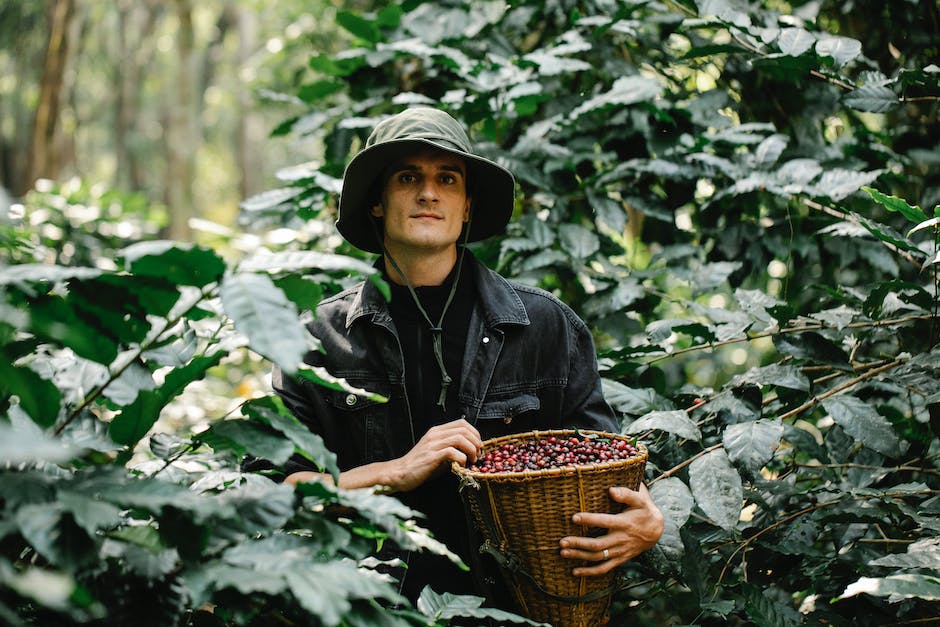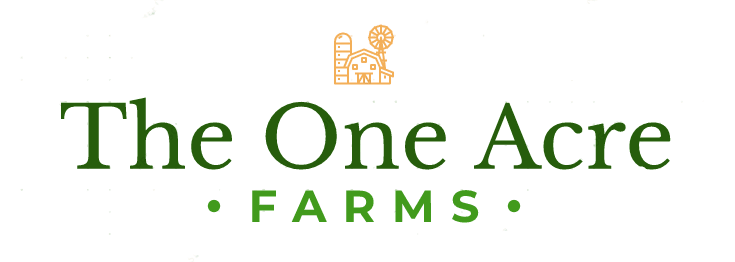Discover the Benefits of Urban Food Forests | Enhancing Sustainable Urban Agriculture
Antony Thilak W |
22 May, 2023 |

Urban food forests are an emerging and compelling trend in sustainable urban agriculture that seeks to integrate nature into our cities. These innovative spaces replicate the structure and functionality of natural forests while offering a diverse range of benefits to local communities. By strategically planting fruit trees, nut trees, edible plants, and shrubs in carefully designed layered systems, urban food forests create self-sustaining ecosystems that yield fresh, local produce and provide additional advantages for both people and the environment.
Step into the enchanting world of urban food forests, where layers of lush vegetation mirror the intricate beauty of natural forests. Picture towering fruit and nut trees forming a majestic canopy, generously casting shade and providing shelter to the vibrant life below. Amidst the dappled sunlight, smaller trees and shrubs thrive in the understory layer, creating a tapestry of diverse foliage. Venture deeper, and you'll discover an herbaceous layer bursting with a kaleidoscope of edible plants and ground cover, contributing to the rich biodiversity of this captivating ecosystem. And hidden beneath it all, the root layer plays its part, stabilizing the soil and orchestrating the wondrous dance of nutrient cycling. This symphony of nature creates not only a thriving oasis of food but also a treasure trove of environmental benefits.
Now, imagine these urban food forests sprouting up in various settings, from charming community gardens to expansive public parks. They are designed to be accessible and inclusive, inviting everyone from all walks of life to partake in their delights. These magical spaces go beyond providing sustenance; they become educational hubs and community epicenters, nurturing a deep connection to nature and the origins of our food. Engaging community members in the process of planting, tending, and harvesting these forests not only grants them a sense of ownership but also opens doors to shared knowledge and skills.
One of the most remarkable aspects of urban food forests is their contribution to combating food insecurity. By offering free or affordable access to fresh and nutritious produce, these bountiful havens ensure that no one within the city walls goes hungry. Families and individuals facing challenges in accessing healthy food options find solace in the proximity of these edible wonderlands. Furthermore, by reducing the need for food transportation and packaging, local food production in these forests helps us tread lightly on the planet, leaving a smaller carbon footprint and nurturing a more sustainable food system.
But wait, there's more! Urban food forests serve as vital providers of essential ecosystem services. These green oasis within concrete jungles help mitigate the urban heat island effect, cooling down soaring temperatures and purifying the air we breathe. The verdant foliage acts as a natural air filter, capturing pollutants and releasing life-giving oxygen. And as if that wasn't impressive enough, the trees and plants within these forests actively sequester carbon dioxide, lending a helping hand in the battle against climate change.
To achieve this harmonious paradise, the guiding principle of permaculture takes center stage. This approach advocates for the creation of sustainable, self-sufficient systems that emulate the wisdom of nature's ecosystems. By applying permaculture to urban agriculture, we weave together resilient, efficient, and diverse food systems. Rather than battling against nature, we learn to dance in harmony with her, nurturing regenerative practices and minimizing waste.
Beyond their practical benefits, urban food forests also blossom into vibrant social spaces. They become melting pots, uniting individuals from diverse backgrounds, fostering community engagement, and weaving the tapestry of social connections. Imagine the lively community events, workshops, and educational programs flourishing within these green havens. People gather to learn the secrets of gardening, cooking, nutrition, and sustainable living. These spaces nurture not just environmental stewardship but also empower individuals to make healthier food choices and develop invaluable skills.
And if all these captivating aspects weren't enough, urban food forests harbor economic potential too. The abundance of fresh produce harvested from these vibrant lands can find their way to local markets, bolstering small businesses and creating economic opportunities for community members. With surplus produce, value-added products like preserves, jams, and pickles come to life, further enriching the local economy.
When designing an urban food forest, it is essential to honor the unique characteristics and needs of the local community. Factors like soil quality, water availability, sunlight
exposure, and community preferences guide the selection of suitable plants and the overall design of the space. Engaging the community in the planning process, through surveys, meetings, and collaborative decision-making, ensures that the food forest truly reflects the desires and aspirations of those it serves.
As urbanization, food insecurity, and environmental degradation continue to challenge us, urban food forests emerge as an innovative and captivating solution. By inviting nature into our cities and offering fresh, healthy sustenance to all, they hold the power to transform urban landscapes into resilient, sustainable, and equitable communities. These enchanting spaces bestow an array of benefits, ranging from addressing food disparities and improving environmental well-being to fostering communal harmony and empowering individuals to become active participants in the food system. As cities grow and evolve, urban food forests illuminate a promising path toward a more sustainable and vibrant future.
Conclusion:
In conclusion, as the demand for sustainable and locally sourced food grows, the concept of urban food forests presents a compelling solution for cities like Bangalore. With farm plots near Bangalore and managed farmland for sale, these enchanting spaces offer a unique opportunity to transform urban landscapes into thriving, resilient, and inclusive communities. By combining the principles of permaculture with community engagement, urban food forests not only provide abundant fresh produce but also address food insecurity, combat climate change, promote environmental well-being, and foster social connections. They serve as educational hubs, economic drivers, and green havens that empower individuals to become active participants in the food system. By embracing the vision of urban food forests, Bangalore can create a sustainable and vibrant future, where nature and community flourish side by side.
